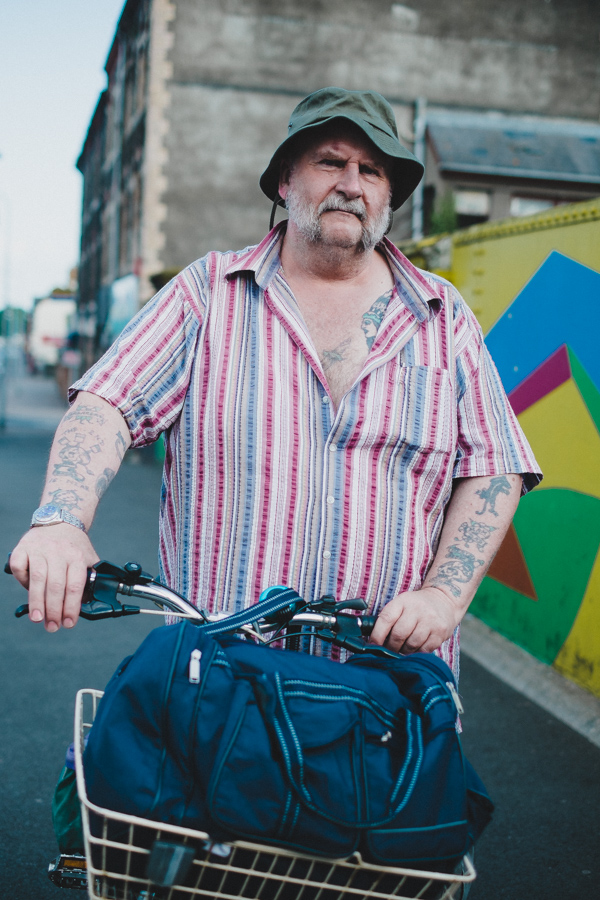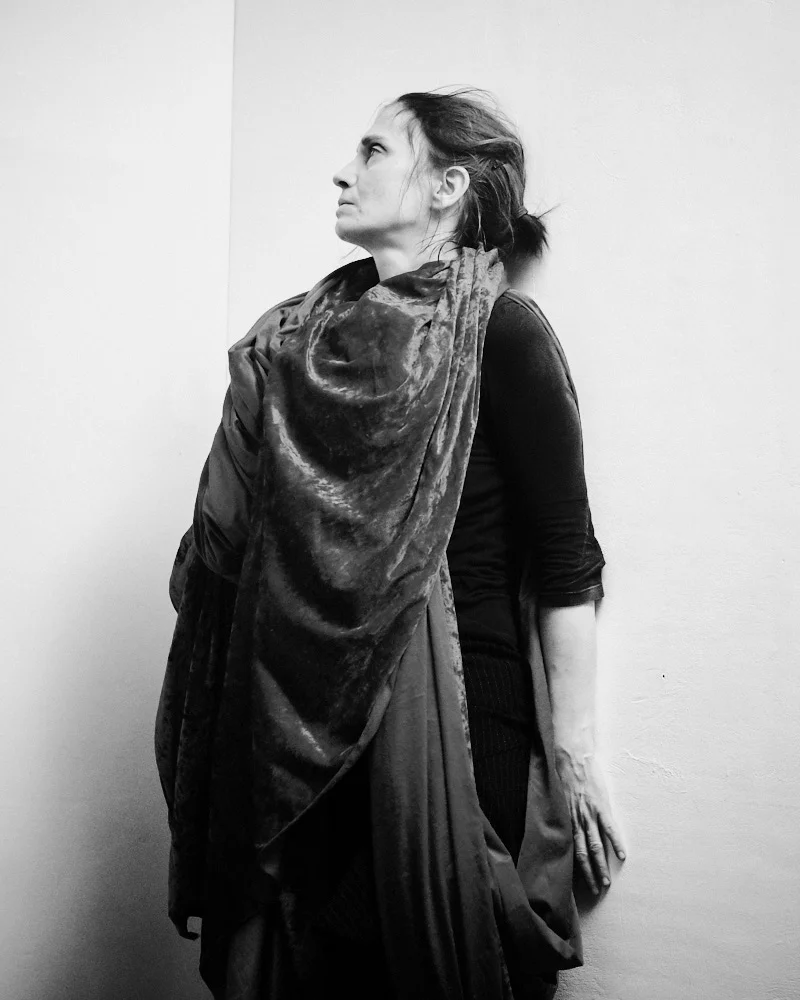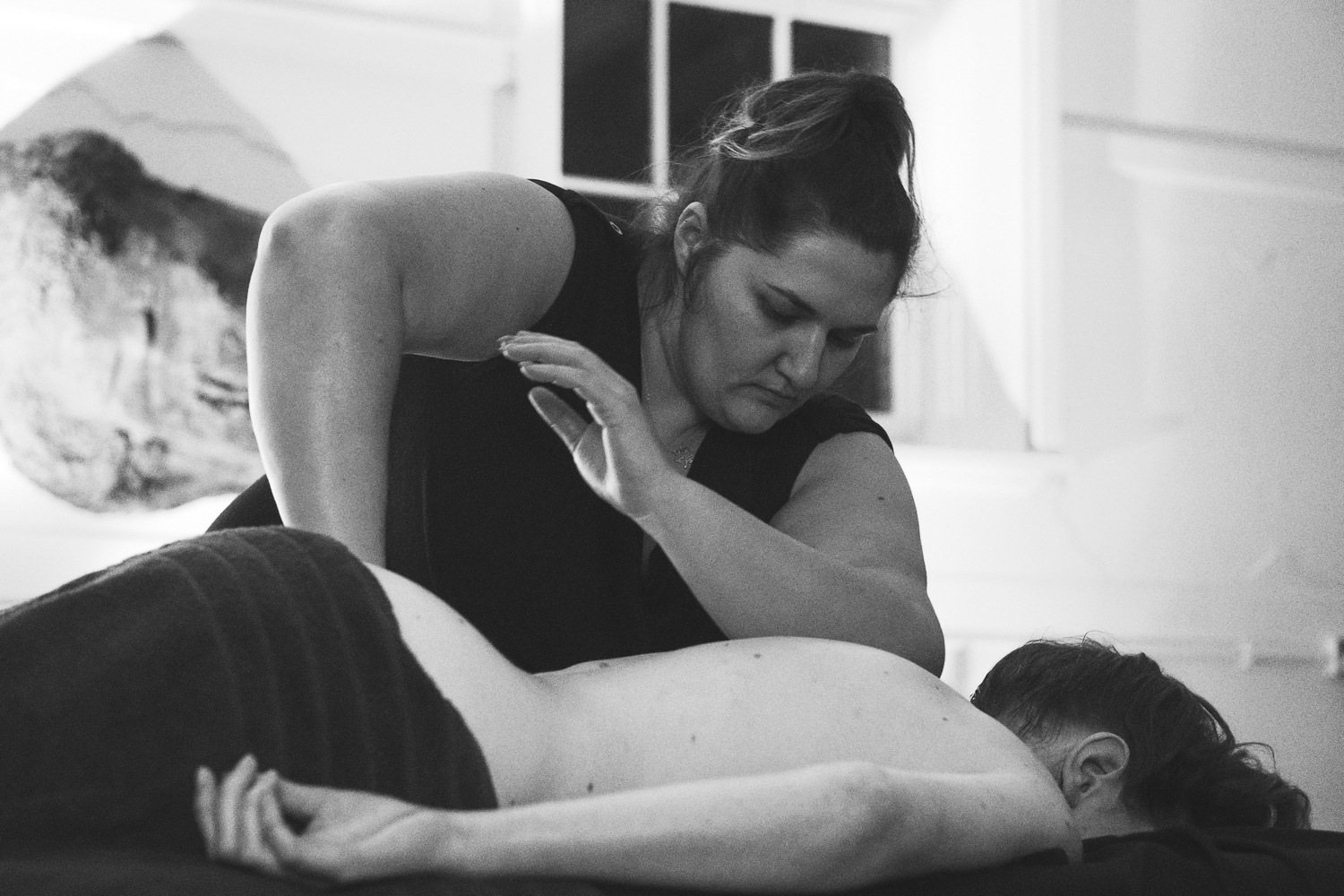All images shot with the X-Pro1 and the 18mm f/2, 35mm f/1.4 and 56mm f/1.2 lenses.
Processed in Lightroom 5.
The above photo – taken a couple of days after grabbing the X-Pro1 with the bundled 18mm f/2 lens, that was when I kind of fell in love. It’s plenty sharp with beautiful colours and a natural filmic character to its unobtrusive noise at high ISO. What’s more, the quiet shutter-click and compact old school styling made it completely unobtrusive. After a chat about the curious camera, the blacksmith just let me work the scene, with nary a further glance.
Yes, it's been one year now that I've been shooting with my X-Pro1. Here are some thoughts on my time with Fuji's first X-Trans camera and how I've found the shooting experience, and whether it might be the right camera for you...
I hadn't expected any of this. Looking back two years ago, to the days before picking up the X100, I thought I’d be wedded to trusty old Nikon forever...
I once had a D90, made it run on time. It was a wonderful workhorse of a camera that was rugged, pretty quick and had a great ability to work with legacy lenses. It rarely missed a shot. Yet it didn’t really inspire me to photograph anything out of my fairly predictable comfort zone. And it never jumped up pawing at my knees, begging to be taken out for a walk – so to speak. Now at the time I was itching for a good street reportage lens. There was an acceptable old Nikkor 24mm f/2.8d lens from the 80’s, but what I was really hoping for was an updated DX 35mm crop sensor equivalent, one that was silent, without the chromatic aberrations and faster focusing.
But infuriatingly Nikon didn’t seem interested in releasing one. In fact, they seemed to scorn the world of compact crop-factor primes. I waited years, but nothing. And with the waiting I found myself eyeing up other street-photography solutions. I began to hunger for smaller, lighter machines that would allow me to work a crowd discretely. I looked at the classic Nikon SLR cameras beloved of McCurry and McCullin and other awesome Scottish sounding types. I even toyed with a Yashica Mat 124G, a gorgeous TLR camera that had the niggling drawback of feeling like you’d strapped a sack of sugar around your neck.
I guess what I was really after was a rangefinder. But the only one that seemed available in digital format had a little red dot on it. And since I hadn't robbed any banks recently I knew that owning one was a practical impossibility.
And then the X100 arrived.
And the rest as they say was history.
At first I figured it would merely exist as a casual camera for lunch breaks at work and the odd trip down to London. My D90 would remain as my project camera, dominating the bulk of my work. I also held to my dream of upgrading to a full frame camera, which seemed once to be the automatic goal of every amateur enthusiast. But very quickly a remarkable thing happened. My D90 ceased to be picked up. It quickly gathered dust. Also, I had been considering Nikon’s budget full-frame D600. But frankly after the extreme portability of the X100, I was becoming somewhat less enamoured with the idea of buying another even chunkier DSLR. Plus Nikon had seriously dropped the ball with reports of oil on the sensor, a gruelling fault that the once-trusty company tried to deny for an awful long time. Put simply, the X100's beautiful looks and old-school handling made me lose interest in the modern DSLR's fugly body, whilst the contrast between Fuji's ever-improving firmware updates with Nikon's oil-denial woes began to eke away at that strange nebulous concept of brand loyalty.
Enter X-Pro1, stage left. Again, I was intrigued. It was good looking and had some fine glass. But still, it was a little pricey and I found myself holding back as reports of sluggish auto-focusing and issues with raw conversion cast a shadow on what was in other respects seemingly a fairly praise-worthy camera. Also, it wasn't full-frame. Didn't I need that for, y'know, even more gorgeous picture quality?
Well, it wasn't until I saw the work that Canadian photographer Patrick LaRoque was producing that I realised that the days of full-frame holding exclusive rights to affordable great image quality were over. What this fellow was producing with his X-Pro1 was a radical step-up from the usual blogging photographer.
How to describe? There's that bit in the first episode of Mad Men where advertising guru Dan Draper gets a room of hardened executives all misty eyed as he yearningly describes the aching nostalgia of memory whilst toying with a Kodak slide-projector. In the posts where LaRoque was fully on his game, the man's delicate painterly photographs, lit by natural light, achieved that sort of feeling where for a moment you desperately want to be in that room, part of that moment, sharing the same emotions he's feeling and witnessing. And man, how those images sang. The soft bleed of light through frosted windows. The comfort blanket of shadows. The colours both rich and muted of a loving home. Not to mention his abstract work. And he was knocking these images out with an X-Pro1. Not a full frame monster, but a modest APS-C camera. Naturally you could put a disposable camera in the man's hand and he'd knock out some stunning work, but the image quality he teased out of that X-Trans sensor was beyond belief. Detail smearing in the raw files? Not from where I was looking.
Assured by his blog and other respectable types that Fuji's firmware updates had fixed many of the outstanding niggling issues and that the new Lightroom update finally garnered good results from the X-Trans sensor, I was finally presented with a very tempting choice. But still I held off. Because money.
And then Fuji made an offer I couldn't refuse. An X-Pro1 with the 18mm and a choice of one of two additional lenses - either the 35mm or 60mm lens. Despite the temptations of portraiture I sprung for the versatility of the 35mm, with the assurance of beautiful rendering from the images I'd seen on LaRoque's blog. I was all set to go.
Man, what a trip.
My X-Pro1 hadn't yet reached the peak of its firmware enhanced powers and I was already getting good stuff. Sure, I stumbled a lot. Compared to the aged D90 the auto-focus was still pretty darn slow and the write speed was unutterably awful. But I found that a fast memory card of 90mbps made all the difference, and that the deliberate nature of shooting with the X-Pro1 wasn't all to the bad. True, I was missing more shots, but I was also taking far more considered shots than I ever had with my Nikon. I was shooting fewer frames, more often. Becoming deliberate. Working the subject until I got it right.
Yes, I was becoming more contemplative with each shot, and when I needed speed of capture the method of zone-focusing was a doddle with focus peaking activated on the EVF. Couple that with the back AF-AE button for snap focus and it seemed that as long as I kept away from sports, I was pretty well set.
And the image quality, hoo-boy. I loved the way the sensor rendered colour and tonalities. A few weeks after capturing the image of the blacksmith I hit Berlin and found that the X-Trans sensor handled colour with a beautiful filmic creaminess of tonality that made the images sing. Ironic really, since I had flown there expecting to be shooting cold war spy-thriller black and white. But Fuji’s film simulations had utterly seduced me and it seemed indecent to capture the surprisingly vibrant Berlin in anything other than colour.
D90? Well, sorry dude. I had some great times with you and you did me proud in my US Civil War project, but you understand how it is.
To my surprise also I found myself preferring the electronic viewfinder to the optical, though I quickly learnt that in low light it was best to get the look of an image planned out in the EVF, but rely on the OVF for a lag-free guarantee of captured moments. The X-Pro1's EVF was incredibly useful, but it wasn't quite there yet in low-light responsiveness. Still, it was clear that I was never going to go back to the mirror camera mode of view. Despite my early purist chest-beatings I'd been spoilt with the creative inspiration provided by the EVF. I also adored the camera body. Married with the nicely balanced Fuji lenses it just felt perfect in the hands and looked damn fine to boot. All the buttons felt in the right place and pleasantly clickable. In comparison the DSLR looked like a blob of molten plastic. An ergonomic blob, to be sure, but still a blob. It amazed me that camera companies had for so long failed to realise that the modern DSLR shape was essentially pretty hideous and that the old school design had it right. And now the thought of using a camera without a shutter and aperture dial seemed freakish and wrong. Having that control under your fingertips, you quickly realised that not only was it supremely easy to see what settings you were on, but that you learned the reciprocal nature between stops of aperture, ISO and shutter speed far quicker. It made for a great learning experience.
And so I found myself shooting far more often, taking either the X100 or the X-Pro1 out with me practically every day. I learnt that the dinky 18mm f/2 made for a great street photography lens, providing the same field of view as beloved by street masters Garry Winogrand and William Klein. The 35mm f/1.4 proved useful when travelling light with a hunger for off-the-cuff portraits and more abstract compositions. Finally I added a 56mm f/1.2 lens to provide me with a much needed dedicated portrait lens for projects and events. It's this fleshed out system that served me so well in photographing small town America. With those three lenses and camera fitting snugly in my dinky shoulder bag, I felt like I could handle anything on a trip.
Except being beaten up in Toronto, obviously. But enough about that.
So… the million dollar question. It’s getting a little long in the tooth now…is it still worth buying? Well, despite the fact that it is quite a bit slower than the X-E2 and X-T1 and far, far slower than the D750 or D800, I’d have to say… yes.
And I’ll tell you why.
One, it is considerably cheaper.
Two, it has great big friendly letters on it saying, ‘Don’t Panic’.
No, wait. That’s something else. But I guess those two points still hold true. With the current UK lens deal you’re almost getting a free camera with two very good lenses that are compact, reasonably fast and very good for street, environmental portraiture and landscapes. Also, it’s a great camera for students. It gives them the filmic look they’re craving for and teaches them the reciprocal nature of shutter speed, f/stop and ISO. The image quality is still stunning and you get a great camera body that feels instinctively right and is perfectly sized and balanced for pretty much any pair of hands. And despite its slow nature, it’s still good enough for street photography provided you’re willing to zone focus, or be more deliberate and wait for the moment. It's a versatile, flexible tool to use on projects - as I pleasantly found whilst shooting in America.
What’s more with the addition of a cheap adaptor you’ll be able to use the bulk of legacy lenses out there; be they Nikon, Leica or a whole host of other companies. Perfect for bargain hunters, and the filmic sensor really couples well with vintage glass. And for the travel photographer this compact system with its small lenses means you can hike for hours around town and country and not feel it. Whilst for fashion... well, the accurate Fuji skin tones coupled with the detail of the X-Trans sensor and cool hipster-baiting styling make the X-Pro1 a sure bet.
Who is it not for? Well, for sports and action it’s a no-no. Likewise if you’re heavily into landscape photography and need weather-proofing I’d maybe think again. The X-Trans sensor can take beautiful landscape shots, but they need a lot more nursing than a traditional Bayer sensor requires. For video? No, just look away now.
Wedding photographers? If you’re experienced I reckon you can work with these. It’ll be a little heart in mouth at times but you can, and the images will be gorgeous. Better to go the X-T1 one route if you're thinking on Fuji mirrorless.
So despite these caveats I’m still pretty much in love with the X-Pro1. Can I ask for anything else? Well, yes frankly. I want a Classic Chrome firmware update. It's a beautiful looking film simulation that can be found on the latest Fuji cameras, but I really hunger for it on my X-Pro1. Not only for now, but for the day when I eventually get the upcoming X-Pro2 and want a consistent look across all my images when using the X-Pro1 as a secondary body. Please make it happen, Fuji. I'd be willing to pay. But as they say, what you don't have you don't miss and for me the X-Pro1 is a camera I truly love.
And in the past year that I've been using this little beauty I think I’ve finally begun to find my eye. I've stumbled across the beginnings of a style that I feel I can really build upon. Fuji married a handsome body with beautiful image quality, and with the superb and ever-expanding range of lenses on offer they sure seem to have a great camera system. It may not be full frame like Sony, it may still suck at video and it may not be as fast as a DSLR or Olympus, but for pure photography I think it offers an unrivalled experience. In the last couple of months I've been looking at the X-T1 as a replacement, and though it is faster, smarter and weather-proofed I can't bring myself to buy it. Although a good-looking camera with great ergonomics and a phenomenal EVF, it just doesn't have the same instinctively great feel of the X-Pro1's body and buttons. And it is for this reason that I'm holding out for that X-Pro2.
In using the X-Pro1 I learnt that you don’t need full-frame for stunning rich images and that deliberate, thoughtful shooting yields great reward.
My final score for the X-Pro1?
BACON AND EGGS OUT OF TEN
I hope you enjoyed this review. Stick around for more upcoming posts on the small town America project, sporadic gig and street photography and curious little bits and bobs.















